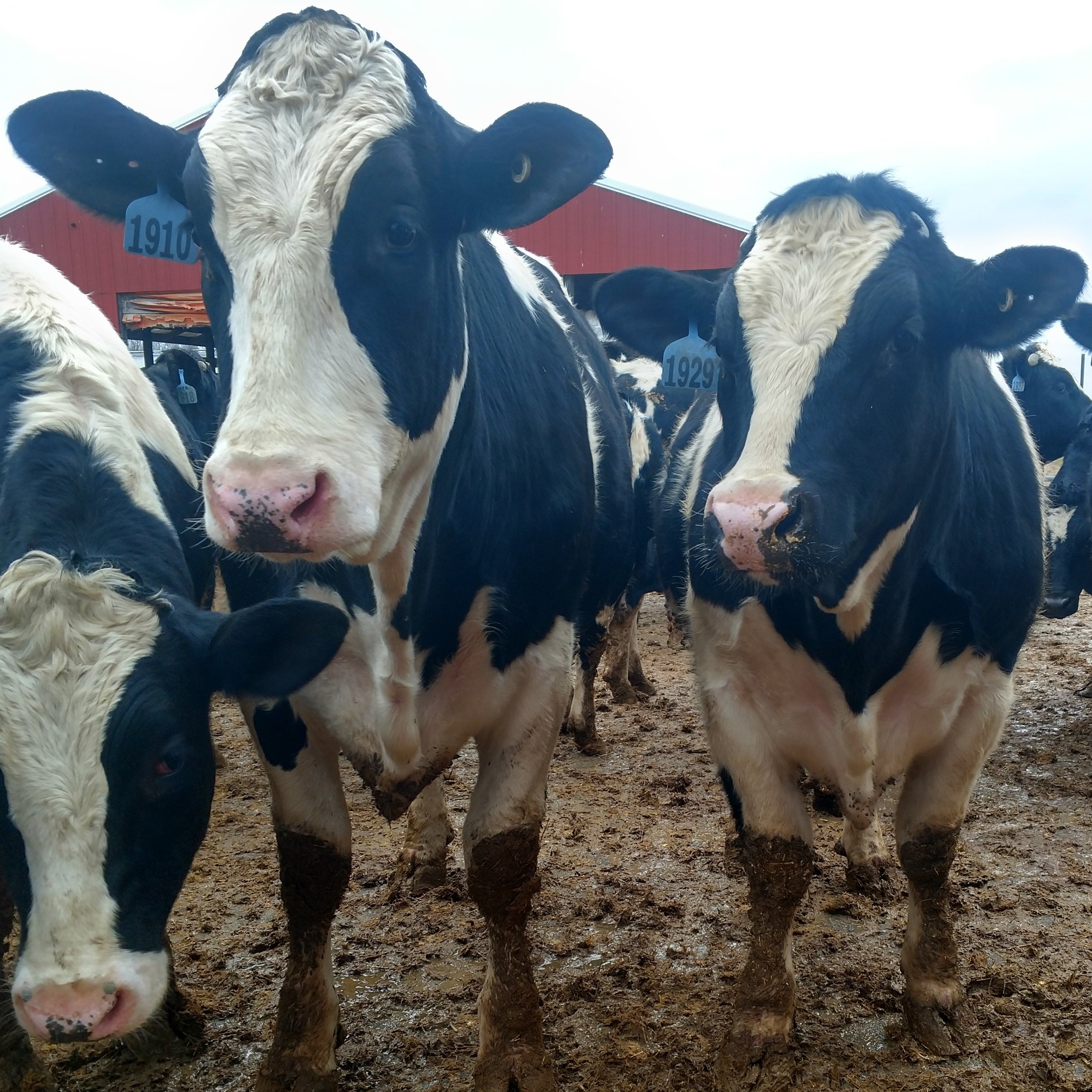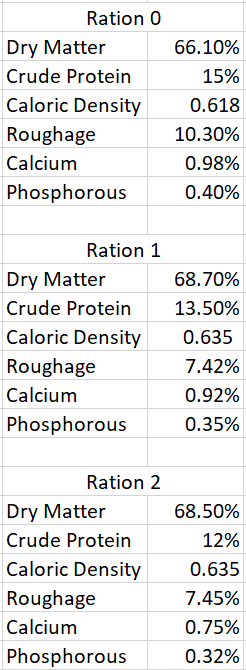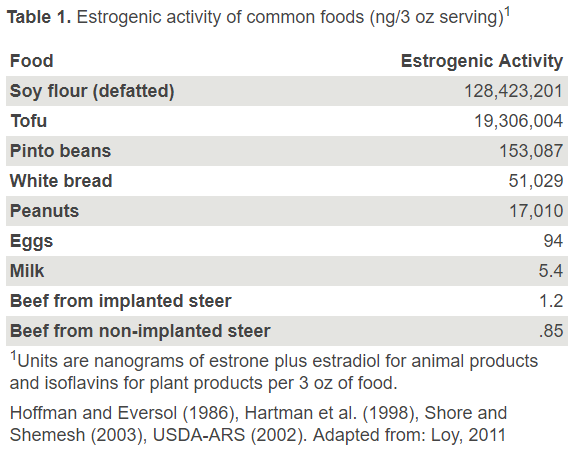Management vs. Genetics
The only thing we can control in our cattle is how we manage them. Their genetics are being decided for us by either dairy farms or cow-calf operations and when they arrive on our farm, they are already predisposed to growing and looking a certain way. Genetics have been and forever will be the biggest deciding factor in how a steer looks when he is finished but, with the right management we can capitalize on a steer's good qualities and work to reduce the effect of the undesirable ones.
Management Factors
1910 on the left would be a good example of a heavier steer while 1929 is lighter. They both are finished about the same but we would rather have a pen full of 1929's versus a pen full of 1910's.
There are many different factors we use to measure a steer's success while he's in the feedlot: feed efficiency, average daily gain (ADG), days on feed, weight, and degree of finish. All of these factors are connected and give us a picture of how each steer is performing based on their numbers. For example, a steer that weighs 1,470 pounds at finish, with an ADG of 3.2 pounds/day for 360 days, a feed efficiency of 7 pounds of feed to one pound of gain, with a quality grade of choice, and a yield grade of 2 is our average Holstein steer.
Genetics vs Management
Table A
The problem we run into is not all cattle are predisposed to grow the way we want them to or finish at the weights we wish they would. We may have a 1,600-pound Holstein who has the same quality and yield grade as a 1,470-pound Holstein but required more feed and more days on feed to get there. Though we may be getting paid more for a 1,600-pound steer, we always have to figure out if the extra time and money spent on him was ultimately worth it. Keeping quality and yield grade the same, we would always prefer a lighter steer that takes less time on feed than a heavier steer because the less time it takes us to grow a steer the more cattle we can raise each year on the same number of resources.
Rations
This is where our management really comes into play. We aim for our Holsteins to be shorter and stockier than the classic "Holstein look". We do this by feeding them a certain way and having an implant protocol. Above, Table A shows our three sets of rations. Ration 0 is for a 325-pound calf through 550 pounds, ration 1 is from 550 pounds through 1,050 pounds, and ration 2 is from 1,050 pounds to finish. The higher amount of protein at a lighter weight means they grow more efficiently and with a little more frame. When we say we are growing their "frame" we mean that we are focusing on getting their bones to grow instead of them gaining muscle. At the higher weights, they do not need as much protein because their frames are already at a mature size and it is more important to put on muscle and fat.
Implants
Table B: It's easy to see that a lot of foods contain estrogen and that the amount of estrogenic activity in any type of beef is relatively low when compared to that of plant-based foods.
We use two different implants in our Holstein cattle: Encore is given when they arrive between 300-350 pounds and Revalor-S is given when they are about 1,050 pounds. The purpose of implanting a steer is to improve feed efficiency, meaning our implanted steers require less feed to reach their mature weight than a non-implanted steer would. All hormonal implants are regulated by the FDA and have to be rigorously tested before they are available for purchase. In fact, we've found Table B (to the left from this website) that helpfully compares the hormonal activity (estrogen in this case) of beef to other common foods. This website provides some more information if you are still curious about the use of implants in beef.
Aiming Higher than Before
We spend countless hours refining and reimagining rations and other management protocols. We are constantly in contact with nutritionists, feed reps., and veterinarian's to make sure we are giving our cattle the best resources we can possibly provide. These animals are providing a healthy source of nutrients for the entire world so we take our job as their caretakers very seriously and always strive to be better tomorrow than we've ever been before.



